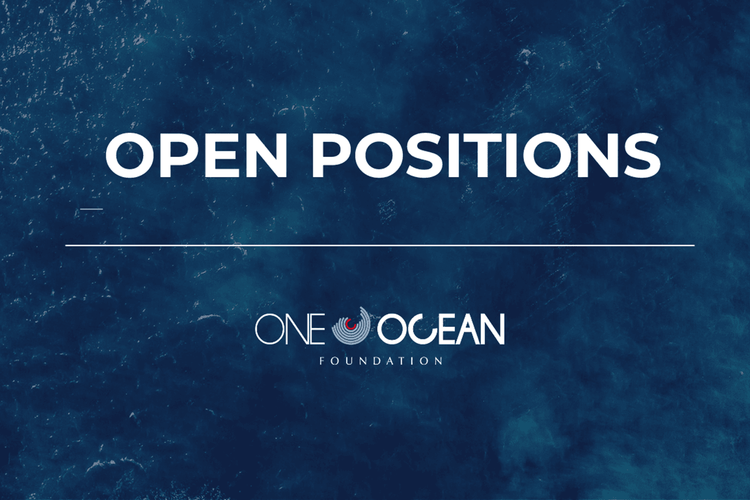
The Textile and Apparel industry, a cornerstone of modern society, is renowned for its creativity, innovation, and cultural significance. However, its current linear system of production, distribution, and consumption is extremely wasteful and polluting, consuming vast resources and exhibiting a very low recycling rate.
Rising wealth, increasing demand for clothing, a growing population, and the fast fashion model have significantly boosted the industry's production and have led to increasing the potential to exert significant environmental pressures, particularly on marine ecosystems and their biodiversity. Specifically, as one of the largest global manufacturing sectors, the textile and apparel industry has the potential to substantially contribute to marine ecosystem degradation through chemical contamination of seawater, waste and microplastic pollution, and extensive GHG emissions.
This research analysed a dataset of 186 sustainability reports, based on the Fashion Transparency Index 2023, to explore these pressing issues.
Awareness as a Key to Ocean Sustainability in Textile and Apparel Industry
The research findings indicated that an average score for mentioning ocean topics is quite low, only 20% of analysed companies mention the “ocean” or the “sea” in their sustainability reports and in particular mere 3% demonstrate commitment to SDG14-related to the sustainability in the ocean. This indicates a concerning lack of recognition of the ocean as a critical component of environmental sustainability within corporate reporting practices. Despite the ocean's immense ecological significance, a large majority of fashion brands appear to overlook its importance in their sustainability disclosures.
Keyword analysis for the ocean topic
The limited mention of the ocean in corporate sustainability reports has several implications. Firstly, it suggests a lack of awareness or concern among companies regarding the critical role of the ocean in global sustainability efforts. This lack of acknowledgement is further supported by the analysis of awareness within companies, revealing that only a small percentage are aware of key issues such as contaminants, marine pollution, and eutrophication. Specifically, the analysis found that only 30% of companies demonstrate awareness of the topic of chemical contamination, with even fewer (20%) recognising their contribution to marine pollution. Awareness of pressures related to less publicised problems, such as eutrophication remains limited, despite its significance to the sector. The analysis shows that only 13% of companies acknowledge this issue, primarily due to concerns regarding the impacts of pesticides and fertilisers used in raw materials cultivation. Without a foundational awareness of the issues, companies may fail to recognise the urgency and significance of addressing ocean sustainability within their operations and reporting practices.
Awareness of pressures
Addressing Ocean Impact Through Managerial Activation
The analysis of good practices within the textile and apparel industry reveals that while many initiatives may not be directly targeted at ocean conservation, they often yield indirect benefits for marine ecosystems. Currently, there are various practices across different stages of the value chain to mitigate the impacts of the industry. For the successful sustainable transition of the sector, it is crucial to implement the best practices in all parts of the supply chain.
However, despite the existence of these beneficial practices, the level of managerial activation among the largest fashion brands remains relatively low. As illustrated in the following figure, across key domains such as product innovation, process innovation, and supply chain improvements, the analysis indicates a relatively consistent adoption rate, with scores ranging from 40% to 46%. There is slightly greater attention and action related to supply chain innovation, likely driven by heightened public awareness of significant supply chain issues.
Managerial activation of textile and apparel brands
The detailed analysis of specific activities across product innovation, process innovation, and supply chain improvements, provided in the following figure, revealed that using recycled and recyclable materials is the leading practice in product innovation, followed by initiatives like clothing re-use and repair services. However, a significant portion of companies still do not conduct Life Cycle Assessments (LCA) or prioritise eco-design.
While there is progress in enhancing energy efficiency and reducing GHG emissions, only a few companies have committed to eliminating hazardous chemicals from production processes.
As fashion brands enhance their sustainability practices, they are increasingly extending their focus beyond internal operations to promote sustainability across their entire value chains. Most companies aim to achieve transparency and traceability across suppliers and distributors, although sustainable packaging and logistics initiatives are still not widely implemented.
Managerial activation across product innovation, process innovation, and supply chain improvements
*This research is part of the master’s thesis “Fashioning the Blue Future: an analysis of managerial awareness and activation to mitigate apparel industry impact on the ocean” authored by Elizaveta Borovenskaya, a sustainability researcher of One Ocean Foundation. The study is based on the Foundation’s multi-year project-Business for Ocean Sustainability, aimed at building knowledge about the relationship between the business and the ocean.


